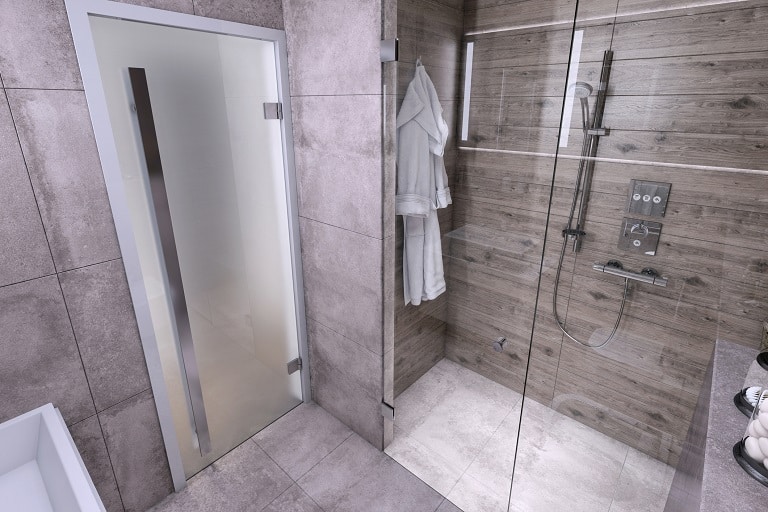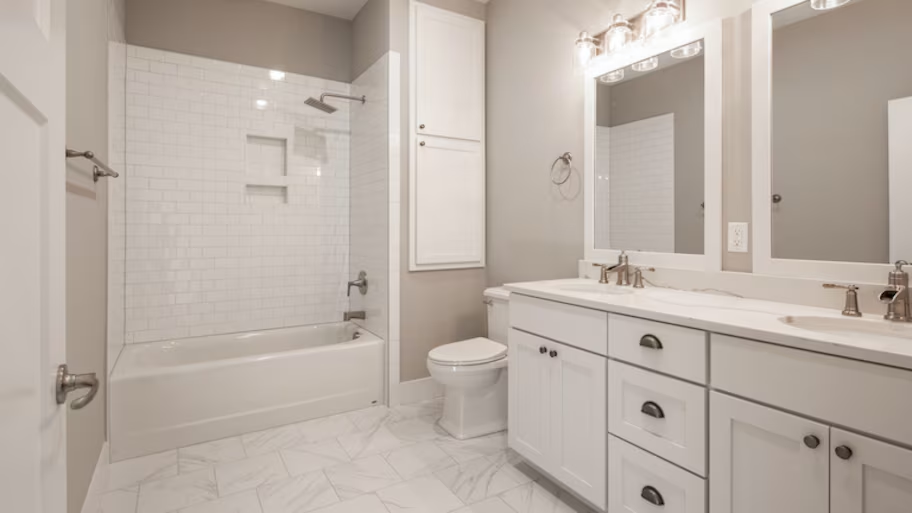Simple Ways to Install a New Shower Unit Like a Pro
Simple Ways to Install a New Shower Unit Like a Pro
Blog Article
The content which follows involving Simple ways to Install a Shower Cubicle on Your Own is without a doubt fascinating. Give it a try and make your own conclusions.

A successful shower installation calls for mindful planning as well as a lot of work. Most of the times, you will require to do three sorts of jobs: mounting walls, setting up the plumbing, and also ending up walls.
Different Kinds Of Shower Units
A Lot Of Common Mistakes
Prep work.
To start with, you need to choose the type of shower that you desire to set up. It is necessary to identify whether the chosen shower can handling certain systems as well as can regulate a risk-free level of water through the central heating boiler. Many shower devices nowadays are designed to be adaptable to various water pressures (such as saved warm water as well as chilly mains).
It is also crucial to take into account the water pressure and the planning of the piping as well as water drainage for the shower.
Method.
Depending on the sort of shower you want to mount, the shower head need to either be suited order to avoid its contact with the water in the bath listed below or the base tray, or it must have a check shutoff.
Before starting, it is suggested to note the settings of the shower head as well as control, as well as to plan the pipe-work entailed. Additionally, the drainage system to eliminate the waste water will certainly need to be planned. Both positions of the cord path as well as the shower switch will additionally require to be thought about if an immediate or electrical shower system is being installed.
Use the guideline overview given with the shower unit to fit the shower control.Before fitting the pipes that will provide the water to the shower system, it is necessary to cut off the water. In order to protect the pipes, they need to be provided a waterproof covering as well as additionally fitted with separating valves. The pipes can then be hidden right into the wall surface and plastered over to neaten the general appearance.
Fit the base tray, shower head, as well as installations.
Link the major shower control to the pipelines that will certainly be providing the water (This might need a women screw thread adapter).
Reconnect the water as well as test the pipes for any leakages, as some might need firm.
If you are setting up an electrical shower, keep in mind to switch off the electrical energy supply prior to making any electric connections. As soon as these connections have been made (there should be assistance within the instruction manual), the power supply can be switched back on.
Changing Water Pressure to Suit Your Shower.
The cold water reservoir can be lifted to a better elevation (sometimes just 150mm (6inches)) by installation a solid wooden assistance underneath it - possibly made up of struts as well as blockboards. If you pick this choice, the main and also distribution pipes will certainly also need to be raised to satisfy the new elevation of the reservoir.
Alternatively, a booster pump (a single pump or a dual/twin pump) can be fitted. Whichever kind is selected, it must be linked into the power supply in order to operate.
Piping and Water drainage.
It is best to utilize 15mm diameter supply pipelines, and make the go to the shower as brief and also straight as feasible so as to maintain maximum pressure and reduce heat loss. Additionally, by reducing the use of elbow joints for pipe corners, you can decrease the resistance in the flow of the water system. You can accomplish this by bending the pipelines instead.
How Do You Install a Shower? Follow This Guide
Installing a Shower at a Glance
Tools & Materials: Level, electric drill, caulk, hole saw, cedar shims, shower unit Step 1: Drill pilot holes Step 2: Prep fixture holes Step 3: Move unit into place Step 4: Caulk corners and base Step 5: Attach door Step 6: Install shower pan Whenever plumbing is involved in a DIY project, people worry about what might go wrong. The truth is that installing a shower isn’t that complicated, and you can save a lot of money by doing it yourself. You shouldn’t need to make any alterations to your plumbing to complete the job, and most of the tools you need will be provided in your new shower kit.
Can I Install a Shower Myself?
Even if you’ve never installed a shower before, you’ll find this to be a project that is perfectly suited for DIYers with a moderate level of experience. Whether you're doing a bathtub conversion or installing a new stall, most of what you need comes in shower kits that you can purchase from a hardware store. The first thing you need to do is determine what type of shower stall you want.
Single-panel stalls are the easiest to install because they come preassembled. All you need to do is put them in place. Multi-panel showers require a few additional steps, but you’ve got more control over the appearance of your unit. Multi-panel units are also much easier to handle if you’re going to do the installation without any help.
Be sure to take all appropriate safety precautions, such as wearing eye protection and gloves. When you’re removing or installing a shower unit, you might kick up debris that could hurt your eyes. You’ll also need to work with equipment that will get extremely hot, so be sure to have safety gloves handy.
Tools and Materials
2- to 4-foot level Electric drill with a 1/8-inch drill bit Caulk 2-inch hole saw Cedar shims The unit itself Before You Begin: Prep the Space
It’s highly important to measure your space accurately before putting the stall in. Measuring from the floor upward and from each corner outward will ensure you’ve got the right measurements. What you’re looking for is where the plumbing apparatuses are going to come through the stall. Transfer these measurements over to the back of your unit by drawing the locations of these holes using a pencil or marker.
Pull out your old shower and make sure to scrape off all the old caulking. Be thorough because you want to work with smooth surfaces for the best installation. Once you’ve pulled out your existing shower, you need to make sure that the floor is clean and dry. The best way to clean debris is with a shop vacuum, as it’ll soak up water and dirt together.
If you’re experiencing any plumbing issues, such as low water pressure, this is a perfect opportunity to solve them. Make sure that the pipes themselves are not in need of patching and clean your showerhead. When you turn the water back on after your project, check the pipes for signs of wear or disrepair. Anything beyond minor repairs should be handled by a plumber, and this is the best time to bring in a professional.
If the floor has any moisture at all, don’t proceed until it’s completely dry. The last thing you need is for the floor to rot or invite mold and mildew into your base. Once everything is dry, apply waterproof wallboard to the walls. This can be attached with screws or nails, then sealed with caulk so that water doesn’t seep into any crevices.

I am very interested in How to Install a Shower Enclosure and I'm hoping you liked the new piece. Sharing is nice. One never knows, you could be helping someone out. Thank you for your time. Visit us again soon.
Get Quote Report this page